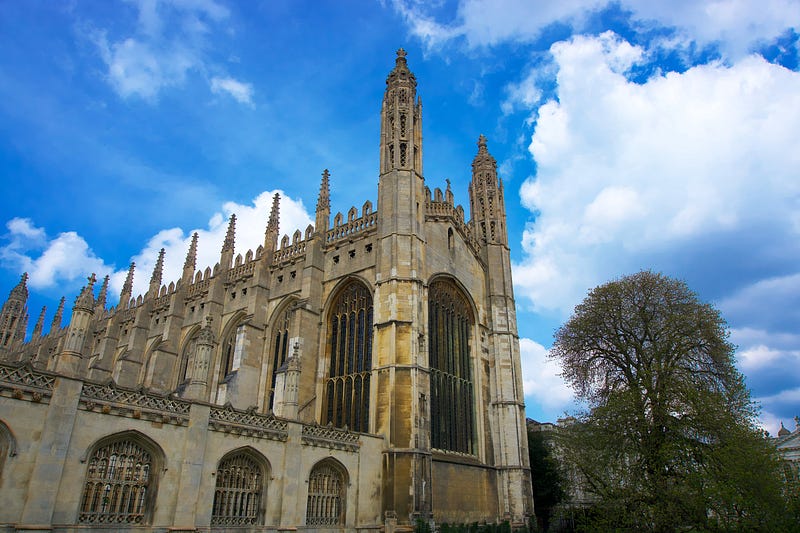Unveiling the Lives of Medieval Society Through Osteobiographies
Written on
Chapter 1: The Impact of the Black Death
The Black Death, a devastating pandemic caused by the bubonic plague, resulted in the loss of millions of lives across Europe. Ongoing scientific investigations into skeletal remains continue to uncover new historical insights. Recently, researchers examined skeletons from a graveyard next to a medieval hospital in Cambridge using advanced techniques. These findings have been dubbed ‘bone biographies’ and shed light on the stark realities of poverty during the era of the Black Death. What further revelations await us? The analysis of these ‘osteobiographies’ unveils remarkable details about life in the Middle Ages.
As part of a comprehensive research initiative, archaeologists from the University of Cambridge studied nearly 500 skeletons retrieved from burial sites throughout the city, dating back from the 11th to the 15th century. Most of these samples were unearthed in the 1970s. From this extensive collection, researchers chose sixteen skeletons that represented various social strata, creating ‘osteobiographies’ that reconstructed individual life stories based on all accessible research, including skeletal analysis. This process allows us to discover previously hidden aspects of those who lived centuries ago.
Dr. Sarah Inskip emphasized the importance of these ‘osteobiographies’ for the common people, as opposed to the elite figures usually documented in historical texts. "They make up the majority of the population, yet we know the least about them," she noted, as reported by EurekAlert!.
Stories Embedded in the Skeletons
To ensure the biographies were as authentic as possible, archaeologists assigned pseudonyms to the individuals, utilizing statistical analysis to derive likely names from historical records. This approach unveiled that Anne endured various injuries throughout her life, resulting in a limp on her right leg, which was shorter than the left. In contrast, Edmund suffered from leprosy but lived among healthy individuals and was laid to rest in a wooden coffin.
Some ‘osteobiographies’ provide an extraordinary level of detail. For instance, much is known about a man named Eudes, who came from a poor background, exhibited a square jaw, and eventually became a monk despite suffering from painful gout.
An intriguing aspect of the research involved remains of men believed to be among the first scholars in Cambridge. This conclusion was drawn from the symmetry of their arm bones, indicating that, unlike most young men of their time, they did not engage in heavy manual labor.

Chapter 2: Insights from the Post-Hospital Cemetery
The research not only illuminated the life experiences of medieval Cambridge's residents but also provided insights into how a charitable institution managed its welfare system, determining who received aid. The findings revealed that individuals from diverse social backgrounds were interred in the cemetery adjacent to the hospital. Among them were orphaned children and those who had previously enjoyed relative comfort but fell into hardship due to crises like illness or old age.
Common indicators of hardship among the buried included signs of anemia and various injuries, with about one-third exhibiting rib alterations linked to respiratory ailments such as tuberculosis. Between 1348 and 1349, the bubonic plague claimed an estimated 40 to 60% of Cambridge's population. However, according to Prof. John Robb, the lead author of the study from the Department of Archaeology at Cambridge, the Black Death was not the most significant threat to life in England. "Chronic infectious diseases, such as tuberculosis, posed a greater danger in medieval England and throughout Western Europe," he concluded.
The first video titled "Speak restoration. And expect those dry bones to come to life!" showcases how modern science interprets historical skeletal remains and their stories.
The second video, "It's In The Bones | Pastor John Gray," discusses the deeper meanings behind bones and what they can reveal about our past.
Attention All Readers!
As a content creator on Medium.com, I face minimal compensation for my efforts. If you appreciate my articles, please consider supporting me on my "Buy Me a Coffee" page. Your contributions can significantly enhance my ability to produce quality content. Thank you for your generosity!
